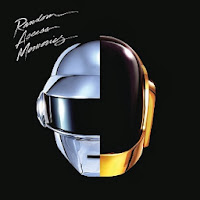Apart from being the biggest boy band in the world One Direction's 'Best Song Ever', jam packed with a variety of mise en scene, gives their audience a lot to watch and like. This song uses a narrative at the beginning where each member of the boy band dress up as a character, this makes the video funny and interesting already. Then on the song begins and introduces each member as themselves singing, there costumes which consist of casual clothes shape them as artists, showing their fans and audience that they are down to earth young boys. The video location is set in a movie production office where they discuss about their new movie 'This is Us', the setting is quite plan, not very colourful, with many extras which they dance with, this makes the video fun and exciting for their fans.
Overall, mise-en-scene's purpose is the show the audience a little bit about the artist themselves and also to illustrate the song.






















